Introduction
For years, GLP-1 drugs were known mainly for managing diabetes and helping with weight loss. But new research reveals that these medications—especially semaglutide (Ozempic, Wegovy)—do more than regulate sugar and appetite. They also calm inflammation, a hidden trigger for many chronic illnesses, including heart disease, fatty liver, and metabolic syndrome.
This blog explores how GLP-1 receptor agonists are redefining modern medicine—beyond glucose control—by improving metabolic health, protecting the heart, and reducing the body’s inflammatory burden.
1. What Are GLP-1 Drugs?
GLP-1 (Glucagon-Like Peptide-1) is a natural hormone produced in the gut that stimulates insulin, suppresses appetite, and regulates blood sugar. GLP-1 receptor agonists are medications that mimic this hormone’s effect.
Common GLP-1 drugs include:
-
Semaglutide (Ozempic, Wegovy, Rybelsus)
-
Liraglutide (Victoza, Saxenda)
-
Dulaglutide (Trulicity)
-
Exenatide (Byetta, Bydureon)
These drugs improve insulin resistance, aid in weight loss, and now appear to reduce inflammation, offering benefits far beyond diabetes.
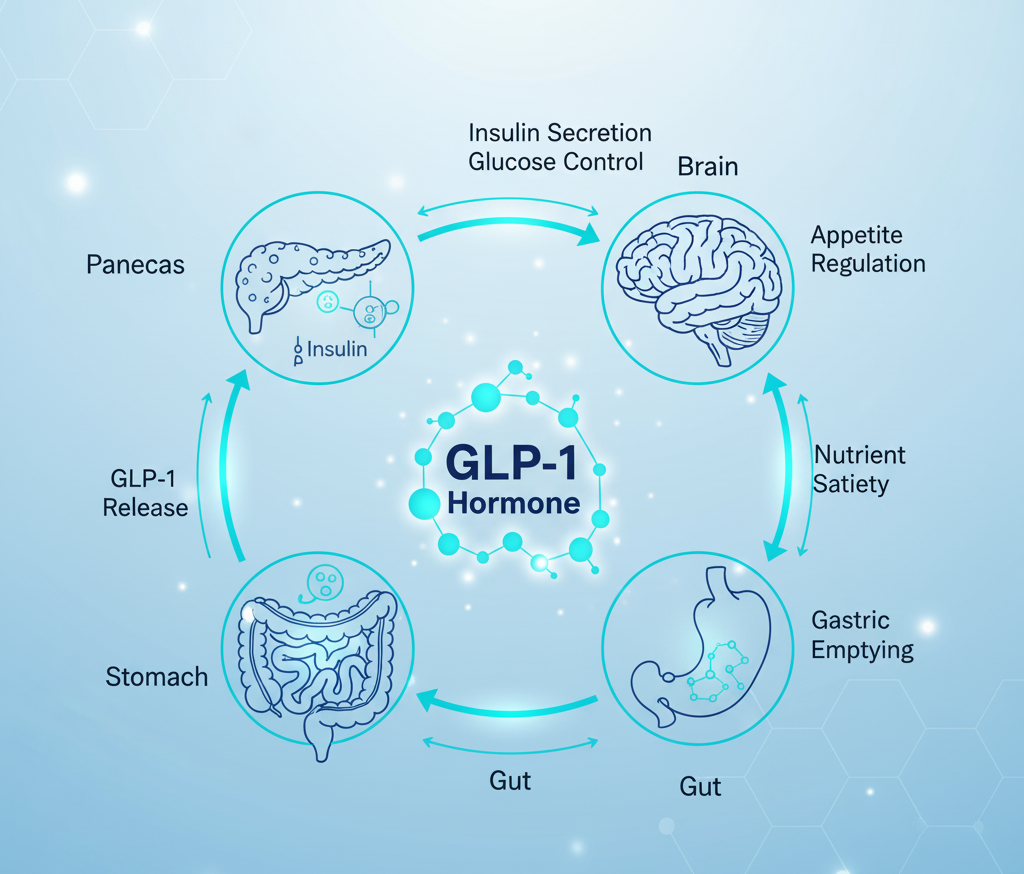
2. The Link Between Inflammation and Chronic Diseases
Inflammation is the body’s natural defense mechanism, but when it becomes chronic, it damages tissues and organs.
Long-term inflammation is linked to:
-
Type 2 diabetes
-
Heart disease
-
Fatty liver (NAFLD/NASH)
-
Obesity
-
Autoimmune and gut disorders
Experts believe metabolic inflammation is a root cause of insulin resistance and poor cardiovascular outcomes. By reducing this, GLP-1 drugs may protect organs and improve overall health.
3. How GLP-1 Drugs Calm Inflammation
GLP-1 drugs work through several mechanisms:
-
Reducing oxidative stress – lowering cell damage from free radicals.
-
Decreasing inflammatory cytokines – reducing markers like TNF-α, CRP, and IL-6.
-
Improving gut microbiome – balancing gut bacteria to lower inflammation.
-
Enhancing liver metabolism – helping the liver process fat efficiently.
-
Protecting heart tissues – reducing plaque formation and inflammation in arteries.
This makes them a dual-action therapy—targeting both metabolic and inflammatory pathways.
4. Key Health Benefits Beyond Diabetes and Weight Loss
a) Cardiovascular Health
Clinical trials show GLP-1 drugs lower risks of heart attacks, strokes, and cardiac deaths by improving cholesterol and reducing artery inflammation.
b) Liver Health
They reduce fat accumulation in the liver, beneficial for those with non-alcoholic fatty liver disease (NAFLD).
c) Kidney Protection
By improving blood flow and reducing inflammation, GLP-1 drugs can delay diabetic kidney disease progression.
d) Brain and Nerve Benefits
They may protect against neuroinflammation, helping in conditions like Alzheimer’s and Parkinson’s.

5. GLP-1, Gut Hormones, and Whole-Body Healing
GLP-1 belongs to a family of gut hormones that link digestion to brain, metabolism, and immunity.
By enhancing gut-brain signaling, these drugs help:
-
Control appetite
-
Stabilize blood sugar
-
Calm immune over-activation
-
Support healthy gut flora
This gut-metabolic connection explains why people using GLP-1 drugs often report better digestion, improved mood, and higher energy.
6. The Inflammation-Metabolism Connection
When the body’s metabolism is out of balance, fat cells release inflammatory molecules. This creates a vicious cycle of weight gain and inflammation.
GLP-1 drugs break this cycle by:
-
Improving fat cell insulin sensitivity
-
Reducing fat storage
-
Enhancing energy utilization
The result? Lower inflammation and better metabolic health.
7. Possible Side Effects and Precautions
Common side effects include:
-
Nausea or vomiting (especially in early weeks)
-
Bloating or mild stomach discomfort
-
Fatigue
-
Rare: pancreatitis or gallbladder issues
Important: Never start GLP-1 therapy without consulting a doctor. Dosage depends on your condition, weight, and response. Avoid self-injection or buying online without prescription.
8. Lifestyle Tips to Boost Anti-Inflammatory Benefits
-
Eat anti-inflammatory foods — tomatoes, turmeric, leafy greens, olive oil, fish, and nuts.
-
Avoid ultra-processed foods and sugary drinks.
-
Stay active — regular walking improves insulin response.
-
Get enough sleep — poor rest raises inflammation.
-
Manage stress through yoga, meditation, or deep breathing.
Combining lifestyle changes with GLP-1 therapy enhances long-term outcomes.
ALSO READ: Food Systems Largest Violators Of Planetary Limits: 2025 Eat-lancet Commission

9. When to Consult a Doctor
You should consult your doctor if you:
-
Have type 2 diabetes or obesity not responding to diet and exercise.
-
Experience fatty liver symptoms like fatigue or abdominal heaviness.
-
Want to understand if GLP-1 therapy fits your health plan.
You can book a consultation with an endocrinologist or diabetologist on Quickobook for safe, evidence-based guidance.
10. The Future of GLP-1 Therapy in India
In India, semaglutide and liraglutide are now available for both diabetes and obesity treatment. Research is ongoing into their use for heart disease, fatty liver, and even inflammatory conditions.
As prices become more affordable, these drugs could transform chronic disease management for millions.
Conclusion
The discovery that GLP-1 drugs calm inflammation changes how we view metabolic treatment. What started as a diabetes and weight-loss therapy is now a potential tool against chronic inflammation, liver damage, and heart disease.
By combining medical treatment with healthy lifestyle habits, patients can experience not just weight control—but also deep cellular healing and longer-term metabolic balance.
50 Frequently Asked Questions
Q1. What does GLP-1 stand for?
A. Glucagon-Like Peptide-1, a natural hormone that regulates insulin and appetite.
Q2. Are GLP-1 drugs only for diabetes?
A. No, they also aid in weight loss and reduce inflammation in non-diabetics.
Q3. How do GLP-1 drugs reduce inflammation?
A. By lowering inflammatory markers and oxidative stress.
Q4. Which GLP-1 drug is most popular in India?
A. Semaglutide (Ozempic, Rybelsus) is the most commonly prescribed.
Q5. Can they improve heart health?
A. Yes, studies show fewer heart attacks and strokes in users.
Q6. Do GLP-1 drugs help with fatty liver?
A. Yes, they reduce liver fat and inflammation.
Q7. Are GLP-1 injections safe?
A. Generally safe when prescribed by a doctor and monitored regularly.
Q8. How soon can I see results?
A. Weight and sugar improvements often appear within 8–12 weeks.
Q9. Can GLP-1 drugs be used for PCOS?
A. Emerging studies suggest benefits, but consult your gynecologist first.
Q10. Do they cure diabetes?
A. No, they help manage blood sugar effectively but are not a cure.
Q11. Is semaglutide available in India?
A. Yes, available under brand names like Ozempic and Rybelsus.
Q12. What foods enhance GLP-1 activity?
A. Fiber-rich foods, legumes, and fermented items like curd.
Q13. Can I take GLP-1 and insulin together?
A. Sometimes, under strict medical supervision.
Q14. Are oral GLP-1 options available?
A. Yes, oral semaglutide (Rybelsus) is available in India.
Q15. How do GLP-1 drugs affect hunger?
A. They slow stomach emptying and make you feel full longer.
Q16. Can they cause low sugar (hypoglycemia)?
A. Rarely, unless combined with insulin or sulfonylureas.
Q17. Can I stop taking GLP-1 once I lose weight?
A. Consult your doctor; stopping suddenly may cause weight regain.
Q18. How long can I take GLP-1 therapy?
A. It’s safe for long-term use under medical supervision.
Q19. What is the cost in India?
A. Around ₹6,000–₹12,000 per month, depending on brand and dosage.
Q20. Are GLP-1 drugs addictive?
A. No, they are not habit-forming.
Q21. Do they help with inflammation in joints?
A. Indirectly, by reducing systemic inflammation.
Q22. Can GLP-1 drugs improve sleep?
A. Some patients report better sleep after weight and sugar control.
Q23. What is the best time to inject GLP-1 drugs?
A. Once weekly or daily, as prescribed—timing depends on the drug.
Q24. Can they help with cholesterol?
A. Yes, they reduce LDL (bad cholesterol) and triglycerides.
Q25. Are they safe for elderly patients?
A. Yes, with adjusted doses and regular monitoring.
Q26. Can GLP-1 drugs be used with metformin?
A. Yes, it’s a common and effective combination.
Q27. How do they affect gut health?
A. They balance gut microbiota and reduce inflammation.
Q28. Can they cause dehydration?
A. Drink plenty of water, especially during the first weeks.
Q29. Are GLP-1 drugs suitable for Type 1 diabetes?
A. Not approved; mainly for Type 2 diabetes and obesity.
Q30. Do they improve fertility in obese women?
A. Weight loss and hormonal balance can indirectly help fertility.
Q31. Can vegetarians use these drugs?
A. Yes, they are not animal-derived.
Q32. Are they safe for liver disease patients?
A. Often beneficial, but consult a hepatologist first.
Q33. Do GLP-1 drugs reduce belly fat?
A. Yes, they target visceral fat effectively.
Q34. Are they effective for prediabetes?
A. Yes, they delay progression to diabetes.
Q35. Can I travel with GLP-1 pens?
A. Yes, store them in a cool place and carry a prescription.
Q36. What happens if I miss a dose?
A. Take it as soon as you remember unless near the next scheduled dose.
Q37. Can I drink alcohol while on GLP-1?
A. Moderate consumption is allowed, but avoid heavy drinking.
Q38. What are signs of over-dose?
A. Severe nausea, vomiting, or dizziness—seek immediate help.
Q39. Can GLP-1 drugs help reduce blood pressure?
A. Yes, mild reductions are often observed.
Q40. How are they stored?
A. In a refrigerator at 2°C–8°C; avoid freezing.
Q41. Can GLP-1 drugs reverse insulin resistance?
A. Yes, by improving cell response to insulin.
Q42. Are there any Indian-made GLP-1 brands?
A. Few generics are in development; currently, imports dominate.
Q43. Can I use them if I have thyroid issues?
A. Inform your doctor; GLP-1 drugs are generally safe but monitored.
Q44. How do GLP-1 drugs affect mood?
A. Improved metabolic health may enhance mood and focus.
Q45. Can athletes use GLP-1 drugs?
A. Only if prescribed for medical reasons; not for performance use.
Q46. Are these injections painful?
A. Mild prick only; very small needles are used.
Q47. Can I combine GLP-1 with diet programs?
A. Yes, especially with supervised anti-inflammatory diets.
Q48. Can I exercise while on GLP-1 therapy?
A. Yes, regular exercise enhances its benefits.
Q49. Are GLP-1 drugs covered by insurance in India?
A. Coverage is limited; check with your provider.
Q50. Do GLP-1 drugs really lower inflammation?
A. Yes, multiple studies confirm reduced CRP and IL-6 levels.
Quickobook Call to Action
If you’re considering GLP-1 therapy for diabetes, obesity, or inflammation control, talk to an expert.
Book an appointment with a Quickobook endocrinologist or diabetologist today for trusted, personalized advice.
Visit Quickobook.com – Your health, simplified.



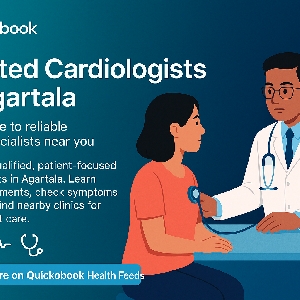
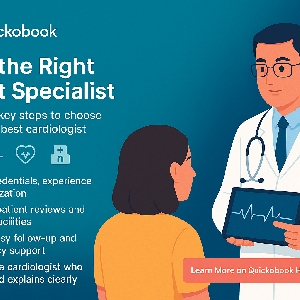
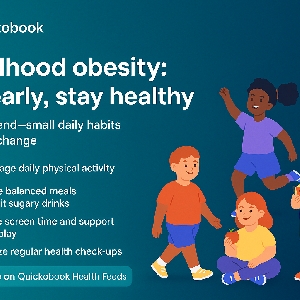
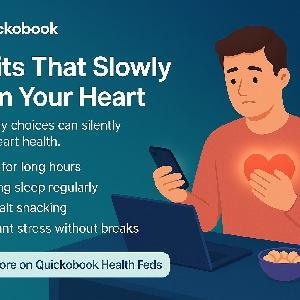


Comments (0)
No comments yet. Be the first to share your thoughts!
Leave a Comment